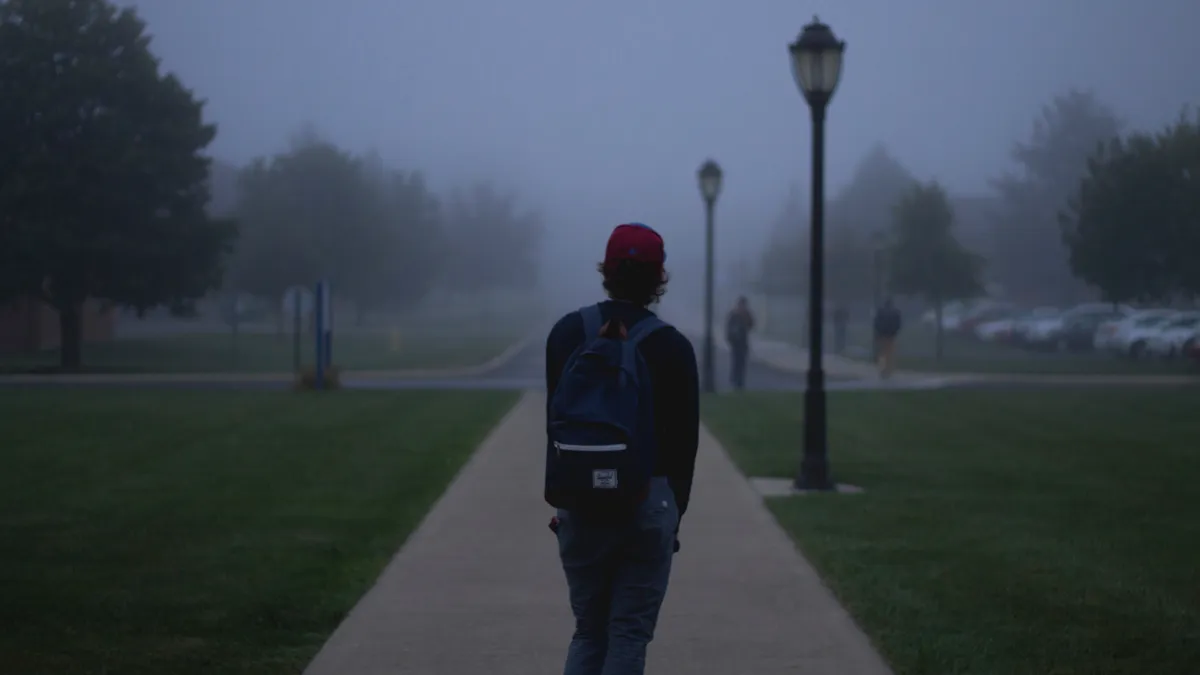Dive Brief:
- While staffing schools with mental health professionals has become a focus in recent months, a 2016 report by the U.S. Health Resources & Services Administration predicts shortages of more than 10,000 full-time employees by 2025 in fields including school psychology, school counseling and mental health counseling, the Palm Beach Post shared in an editorial.
- The reasons for the shortages include increased demand because of addictions and post-traumatic stress disorders, the aging of the current workforce, fewer students entering the field and cuts to school counselors that occurred during the recession.
- The National Association of School Psychologists recommends one psychologist for every 700 students and the American School Counselor Association recommends one guidance counselor for every 250 students, but few schools can staff at those levels.
Dive Insight:
In the wake of the recent school shootings in the past academic year, the need for school counselors and mental health professionals has become more apparent. Parents and advocates are calling for more mental health professionals and the topic has been a major point of discussion in meetings of the Federal Commission on School Safety.
Even before the recent events, the need for school counselors was on the rise. Increased problems with depression, anxiety, and other mental health issues affect student performance and well-being, and schools have been looking at additional strategies to address these issues. However, resources are stretched thin at most schools as the shortage of school counselors and mental health professionals increases. According to 2013-14 data from the U.S. Department of Education, the average school counselor is responsible for 491 students, almost double the recommended caseload.
States and school leaders are seeking a number of solutions as they provide mental health services to students. Some are forming partnerships with local agencies or setting up school-based mental health clinics while others are looking to digital solutions. Some states are allowing school security funds to be used for hiring mental health professionals, while others are now mandating mental health education at schools. School leaders can explore all these options as they look at ways to increase school safety and help students become healthier and better able to focus on learning.





 Dive Awards
Dive Awards




